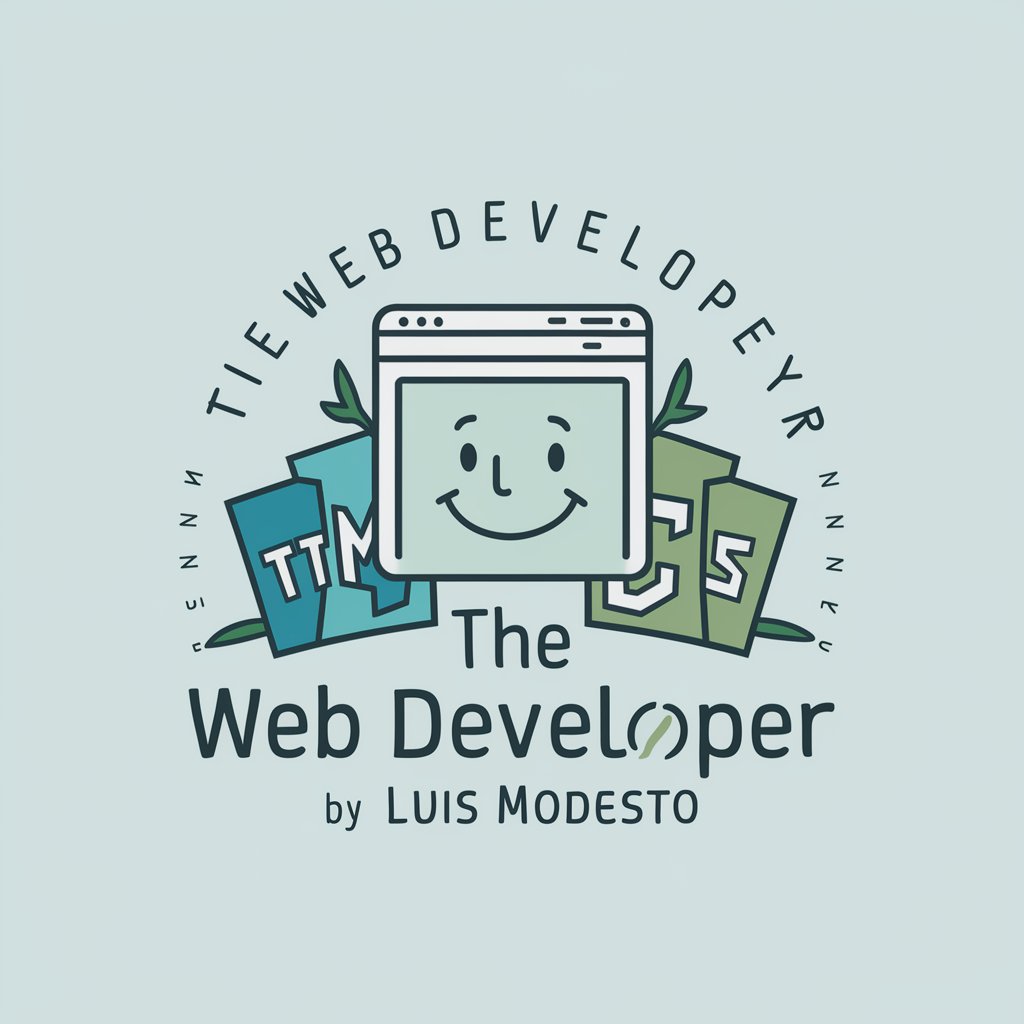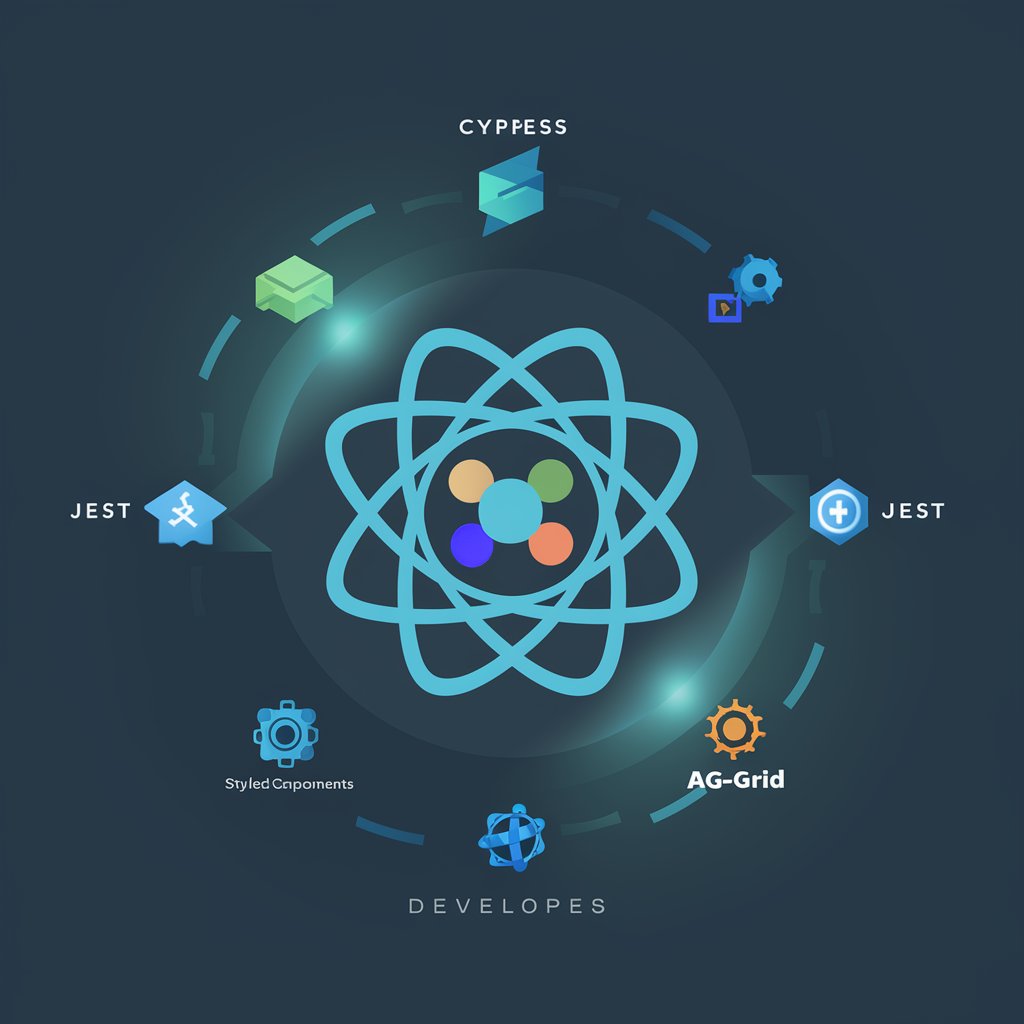Comfy UI Node Generator - Customizable Node Creation

Welcome to Comfy UI Node Creation!
Empower Creativity with AI-Powered Nodes
Imagine a sleek and modern logo for a Python programmer...
Design a logo that symbolizes custom node creation in Comfy UI...
Create a tech-oriented logo featuring Python and node structures...
Visualize a logo that represents efficiency and technical expertise...
Get Embed Code
Introduction to Comfy UI Node Generator
Comfy UI Node Generator is a specialized tool designed for creating and managing custom nodes within the Comfy UI framework. It serves as a bridge between advanced Python programming and the user-friendly interface of Comfy UI, allowing for the creation of highly customizable nodes. These nodes are modular elements in a graphical interface that users can connect and configure to perform various tasks, primarily in the realm of image and video processing, animation, and possibly other graphical manipulations. The core purpose is to simplify the process of creating complex graphical effects, transformations, or data manipulations by breaking them down into manageable, reusable components. For example, a user can create a 'Gradient Mask Wipe' node, which applies a gradient mask effect across images, configurable across various parameters like direction, intensity, and speed. Powered by ChatGPT-4o。

Main Functions of Comfy UI Node Generator
Node Creation
Example
A 'Blur Effect' node that applies a customizable blur effect to images.
Scenario
In a video editing scenario, a user can use this node to apply a blur effect, adjusting the intensity and type of blur (e.g., Gaussian, radial) to create a specific visual style or focus.
Parameter Customization
Example
An 'Animation Control' node that manages animation parameters like speed, duration, and loop count.
Scenario
In an animation project, this node allows animators to dynamically adjust key animation parameters within a sequence, streamlining the animation process.
Node Integration
Example
A 'Color Correction' node that adjusts image color properties such as brightness, contrast, and saturation.
Scenario
In post-production for film, this node can be used to standardize color properties across different shots, ensuring visual consistency.
Real-Time Previews
Example
A 'Particle Effects' node for generating real-time particle animations.
Scenario
In game development, developers can use this node to create and fine-tune particle effects like smoke, fire, or magic spells, viewing changes in real-time.
Ideal User Groups for Comfy UI Node Generator
Video Editors and Animators
Professionals in video editing and animation who require a flexible, intuitive platform for creating custom visual effects, transitions, and animations. They benefit from the tool's ability to simplify complex graphical tasks into manageable nodes.
Game Developers
Game developers looking to integrate custom graphical effects into their workflow. The tool's capacity for real-time feedback and modular design is particularly useful in the iterative process of game design.
Educators and Students in Digital Arts
Educational institutions teaching digital arts, computer graphics, or related fields can use the Comfy UI Node Generator as a teaching tool to help students understand the fundamentals of graphical programming and effects creation.
Interactive Media Artists
Artists working in interactive media and digital installations who require a tool that allows for the creation of custom, dynamic visual effects and interactions based on user input or environmental data.

Using Comfy UI Node Generator
Initial Step
Visit yeschat.ai for a free trial without login, also no need for ChatGPT Plus.
Understand the Basics
Familiarize yourself with the basic concepts of Comfy UI and its node-based interface. Review the documentation to understand how nodes function within the Comfy UI system.
Define Node Functionality
Identify the specific task or effect you want your custom node to achieve. This could range from image processing to animation control.
Create and Test Nodes
Utilize your Python skills to code the node, adhering to Comfy UI's structure and input/output requirements. Test the node extensively to ensure it works as intended.
Integrate and Document
Integrate the custom node into the Comfy UI environment. Provide clear documentation for your node, explaining its purpose, inputs, outputs, and use cases.
Try other advanced and practical GPTs
UX Writer Pro
Enhancing Texts with AI-Powered Precision

Wine Tasting
Elevate your wine journey with AI

美味名匠
Crafting Unique Names with AI

Edna
Empowering your web design journey with AI.

AutoMate
Streamline Tasks with AI Automation

The Web Developer by Luis Modesto
Empowering your coding journey with AI

MixMyDrink
Craft Cocktails with AI Precision

Marketplace Analyzer
Optimize your marketplace presence with AI

Prompt Optimizer GPT
Crafting Precision in AI Interactions

Graphic Novel - CCC
Bringing Stories to Life with AI

FunFinance Foundation Guide
Empowering Your Financial Journey with AI

Senior TypeScript React Developer
Elevate your React projects with AI-driven insights.

Comfy UI Node Generator Q&A
What is a Comfy UI Node?
A Comfy UI Node is a modular, customizable element in the Comfy UI interface. Each node encapsulates specific functionality, such as image manipulation or data processing, and can be interconnected to create complex effects.
Can I create a node without advanced programming knowledge?
Creating a node typically requires a good understanding of Python programming. However, the Comfy UI's user-friendly design and extensive documentation make it accessible for those with intermediate coding skills.
How do I test my custom node in Comfy UI?
After coding your node, you can test it within the Comfy UI environment. This involves checking the node's functionality, ensuring it interacts correctly with other nodes, and verifying that all input and output parameters work as expected.
Are there any specific guidelines for node naming and categorization?
Yes, nodes should be named uniquely and categorized logically within the Comfy UI structure. This helps users easily find and understand the purpose of your node. The categorization often reflects the node's functionality, like 'Animation Control' or 'Image Processing'.
Can I share my custom node with the Comfy UI community?
Absolutely! Comfy UI encourages the sharing of custom nodes. You can contribute your node to the community library, allowing other users to benefit from your work and potentially offer improvements or new use cases.
